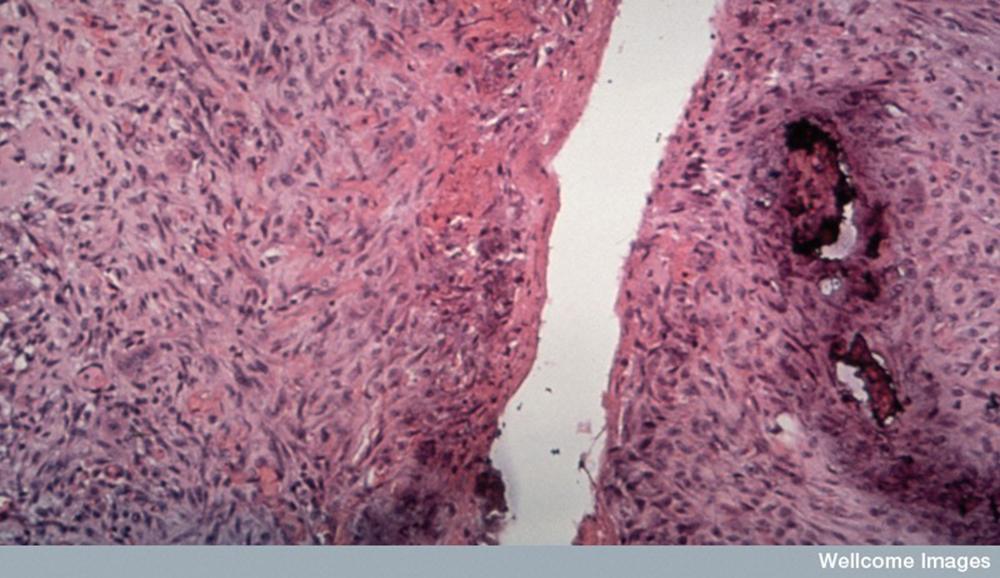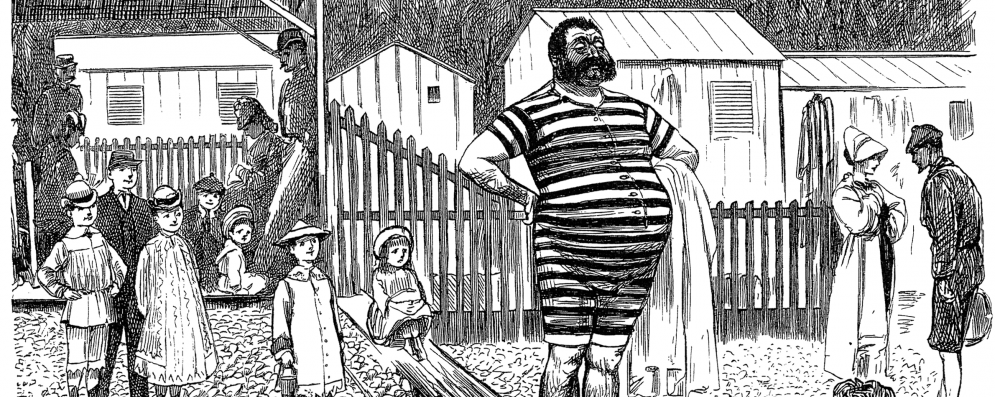Treating knee osteoarthritis: manual therapy & exercise or a home exercise program?
Posted on 21st February 2014 by Matt Burress

Deyle GD, Allison SC, Matekel RL, Ryder MG, Stang JM, Gohdes DD, Hutton JP, Henderson NE, Garber MB. Physical therapy treatment effectiveness for osteoarthritis of the knee: a randomized comparison of supervised clinical exercise and manual therapy procedures versus a home exercise program. Phys Ther. 2005 Dec;85(12):1301-17. PubMed PMID: 16305269.
What is knee osteoarthritis?
Osteoarthritis (OA) is a prevalent form of arthritis that causes break down of the joint cartilage. Knee osteoarthritis is generally a slowly progressive degenerative disease and is more common in patients’ with advancing age. Over 25 million individuals in the United States alone, suffer from osteoarthritis which is associated with pain, stiffness, and greater disability. The etiology of knee OA is unknown, however, increasing age, obesity, lack of activity, and gender play a role in a greater incidence of acquiring knee OA. Knee OA is diagnosed by x-ray imaging and the Altman criteria based on signs and symptoms present. Rather than opting for surgical procedures, the literature suggests that conservative treatment such as manual therapy, strengthening, and stretching can provide beneficial relief in pain and stiffness, while improving function.
What was the study?
This study analyzed the effects of manual therapy during clinic based treatment versus a structured home exercise regimen. The purpose of the study was to determine whether a clinic based group consisting of manual therapy, therapeutic exercise, and home exercises was superior to a home exercise program in treating knee OA. The study consisted of 134 subjects initially, while only 120 participants completed the entire eight week study. Subjects participating in the study were referred from their physician or were self-referred, while meeting all inclusion criteria based off the Altman scale and imaging requirements. In addition, outcome measures such as the Western Ontario and McMaster Universities Osteoarthritis Index (WOMAC), six minute walk test, and quality of life measures were used to determine which group improved their pain, function, quality of life, and gait distance at follow-up assessments.
Results:
Findings from this study indicate that manual therapy, exercise, and home exercise were superior to the home exercise group alone. Subjects in the clinic based group showed greater improvement from baseline in pain, function, quality of life, and distance ambulated at four and eight week reassessment. However, both groups showed significant statistical improvement in the WOMAC scale and at both the four and eight week follow up. At one year follow up, both groups maintained improvements from their initial baseline values, but there were no differences found between the two groups. However, the clinic based group (manual and exercise) reported greater overall satisfaction with their pain level, quality of life, and did not rely on medication as heavily as the home exercise group at the one year follow-up questionnaire.
Strengths and weaknesses:
This study had several strengths that are worth noting. The sample size is large enough to obtain adequate results, and therefore an outlier in either group would have less effect on the results. The author cites several studies used similar protocol and obtained the same results, making this article’s findings reproducible. Also it is important to note that the results indicate that conservative treatment is more cost effective and can reduce the need for knee surgery and knee injections. The downfall to this study is that it is written in December 2005, and could possibly have outdated values and findings.
Take home message:
Conservative treatment can be a beneficial approach to treating patients’ with knee osteoarthritis, or even prolonging surgery. There is evidence in the literature that a structured regimen consisting of therapeutic exercise, manual therapy techniques, and stretching can be beneficial to reducing pain and stiffness while improving quality of life outcomes in this patient population. This particular study yields positive benefits of conservative treatment, while demonstrating the value of keeping healthcare costs down in comparison to surgery costs. Before adopting the conservative treatment approach, it is important for healthcare workers to look at a wide spectrum of research before coming to a clinical decision for treatment options.




No Comments on Treating knee osteoarthritis: manual therapy & exercise or a home exercise program?